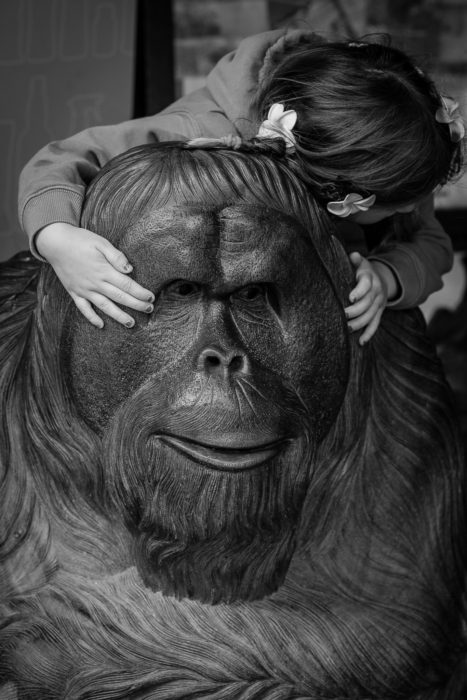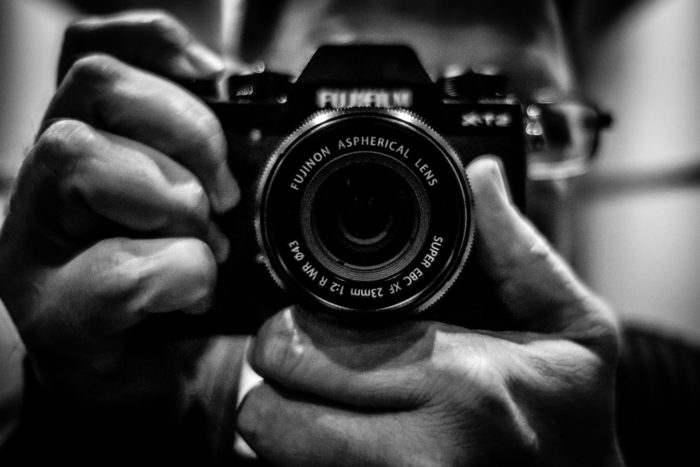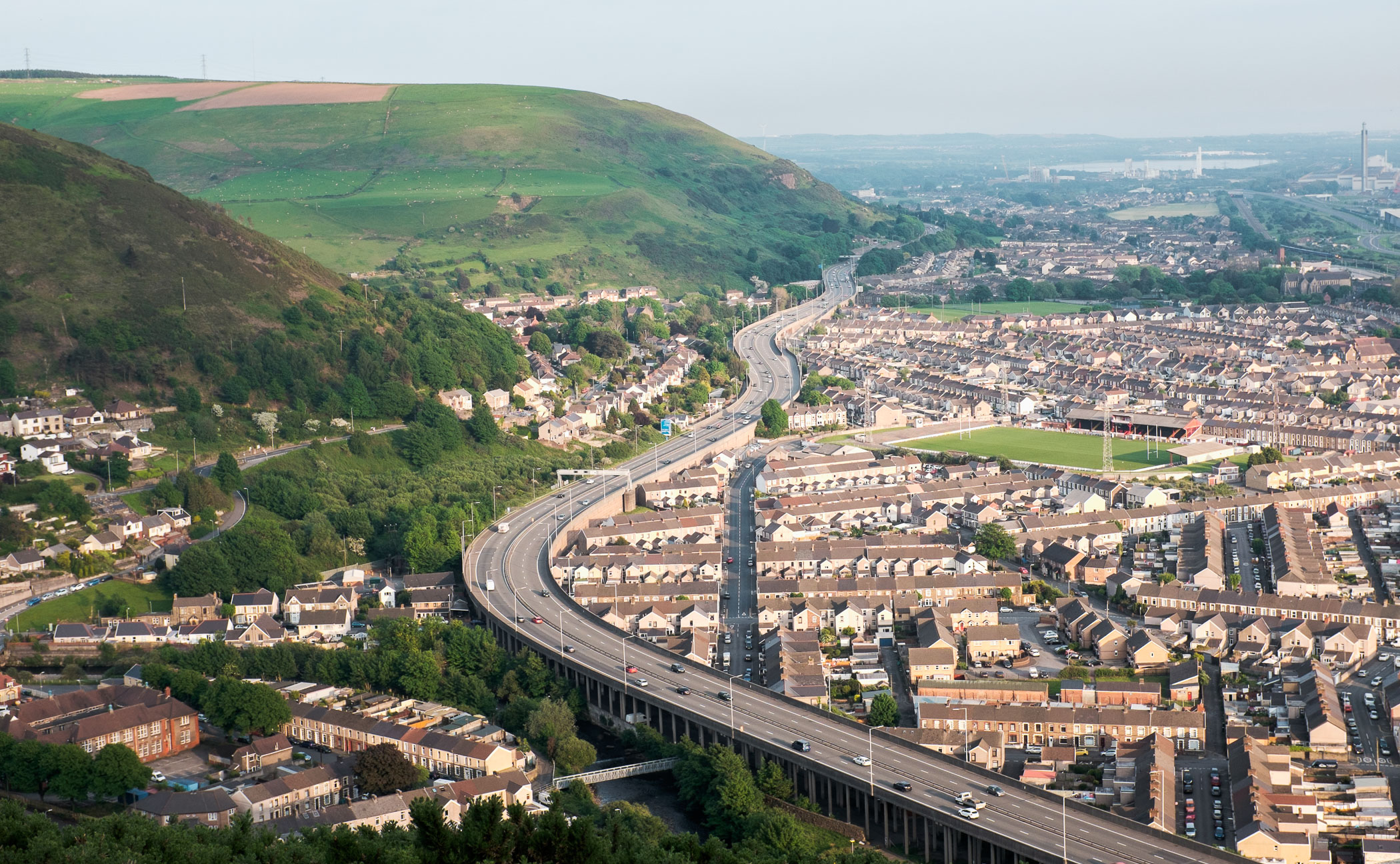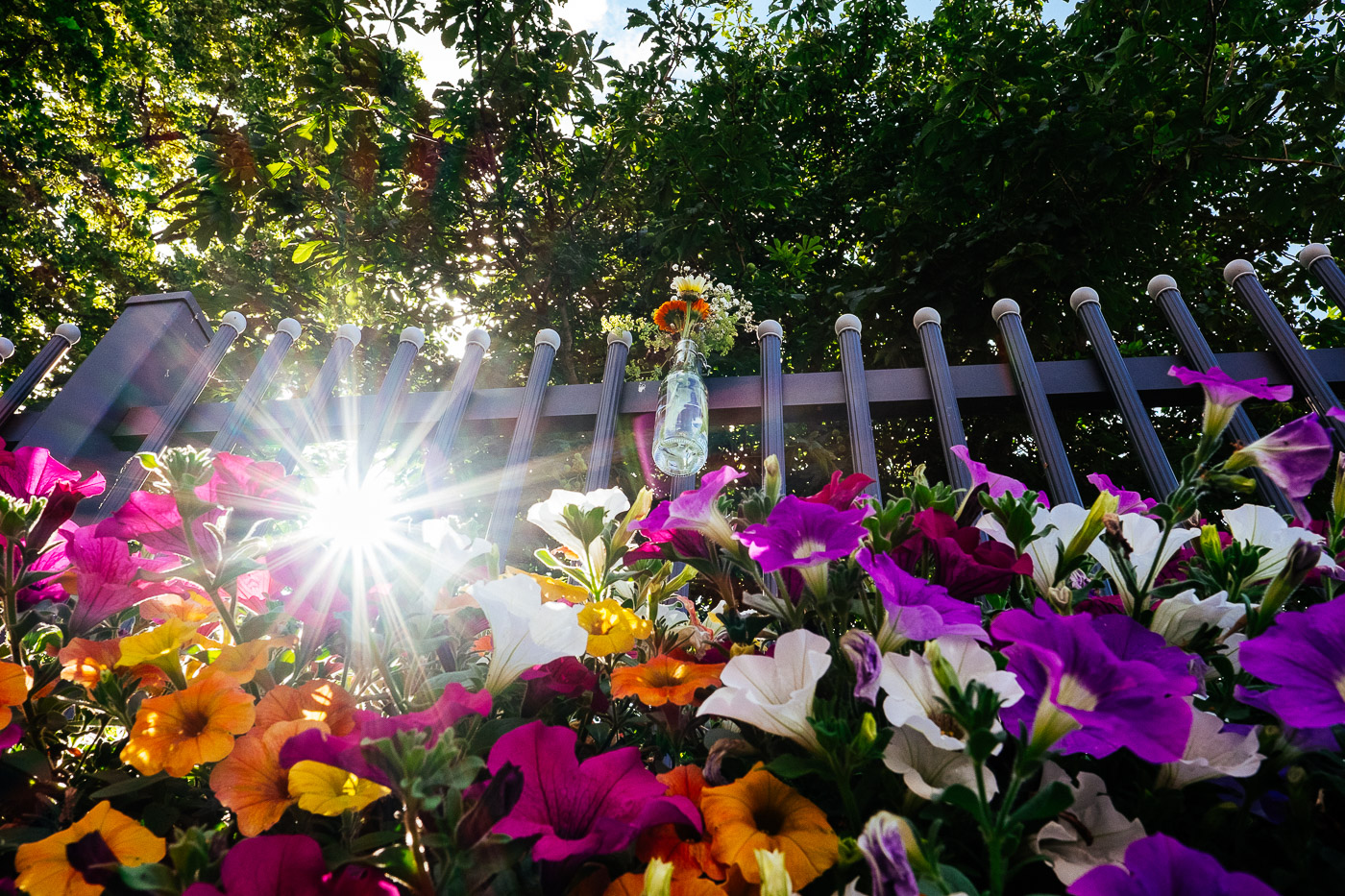Sorry Nikon – This is Where You Lost Me… (Now Fujifilm X-T2 Shooter)

NEW GUEST POST FEATURE
Write Your Articles Directly On FujiRumors!
guest post by theoverratedphotographer – Twitter / Instagram
I’m going to be honest and say I wasn’t an very unhappy Nikon user, but I’ve become progressively despondent. My D750 was great (despite having two shutter replacements), the lenses were great, and the system was great. But I wanted a second body and I wanted that body to be mirrorless. I would have been great to have a mirrorless body coming from the same system as my DSLR but after waiting and hoping for Photokina, that didn’t happen, so I had to question how important DSLR or full frame was for me. The more I compared, the more I really that there was no longer a loss of performance moving to mirrorless, at least not for what I was doing.
I always said that when mirrorless offered a viable alternative, I’d consider switching. Sadly for Nikon, mirrorless now offers a viable alternative, but Nikon isn’t close. To put it into perspective, the race started 5 minutes ago, and the problem isn’t that Nikon started late, they’re still in bed sleeping.
Their last announcement at Photokina was more than just a little disappointing, and I wasn’t the only one. I don’t think I saw many positive comments at all. For those who missed it, Nikon seemed to indicate they might consider, thinking about contemplating, potentially, maybe looking at mirrorless and they would continue to monitor it. I’m glad you’re monitoring it, but if I’m going to continue to invest in a system, I want to know they are doing more than just watching this space. I can watch this space and I don’t even manufacture camera’s.

So where did Nikon go wrong? Well, for starters, if your customers are waiting for you to produce a mirrorless, and we know there are a lot of them out there waiting for this, and if you are actually developing a mirrorless, you may want to mention it. I know what you’re thinking…maybe they wanted to keep it quiet so the market doesn’t know what they’re doing for competitive reasons. No, 10 years ago if Nikon was doing it, it might have been a secret. Now the market actually thinks you an idiot if you’re not doing it. And if you’re doing it and not mentioning it, they think your marketing department are idiots.
In the last 12 months, I’ve seen 5 Nikon amateurs/enthusiasts switch to mirrorless. They probably would have stuck with Nikon if they knew there was a good mirrorless coming, and don’t give me this Nikon 1 crap. I’m talking a mirrorless with a APSC or FX sensor. Sure, we’re not professional sports photographers bu we’re not spending small sums of money either. We may not be buying 400 f/2.8‘s but we are buying D810‘s, D750‘s and pro glass like 24-70‘s, 70-200‘s and 14-24‘s. To put that into perspective, when these photographers go out and buy into another brand, they’re spending $5,000 – $10,000 to start with along with a another $5,000 – $10,000 over the next year or two. Maybe that’s not much to Nikon, but it should be, because when enough people start doing that, the numbers and up. This is the next generation of photographers that influence the youth who are buying and right now, we’re telling them not to buy into Nikon and Canon, because mirrorless is where the future is at, and Nikon and Canon aren’t the future.
Push READ MORE for the Full Story






